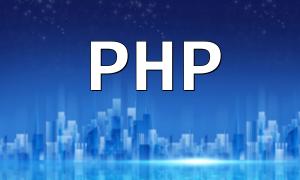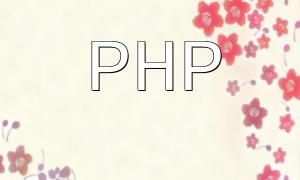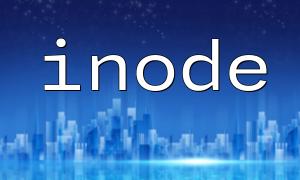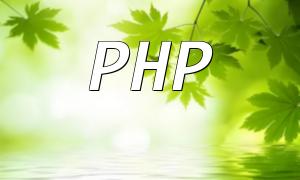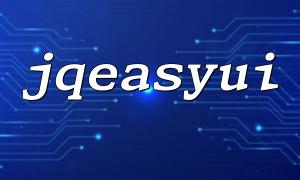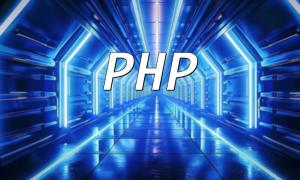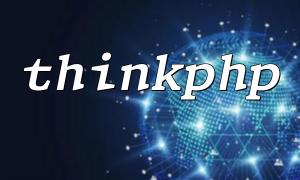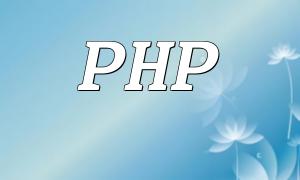In modern web development, PHP and Linux are a common combination. PHP modules extend the core functionality of the language, allowing developers to access more libraries, system resources, and tools. From image processing to database connections, configuring PHP modules correctly is a critical step in optimizing your project architecture.
PHP modules are extensions that enhance PHP's capabilities. They enable developers to call specific APIs or libraries to handle particular tasks. For instance, the GD module is used for image processing, and the PDO module enables database access. These modules are widely used in CMS platforms, API services, and data processing tasks.
On Debian-based systems like Ubuntu, PHP modules can be installed using the apt package manager. Here's how to install commonly used modules:
sudo apt-get update
sudo apt-get install php-gd
sudo apt-get install php-mysql
sudo service apache2 restartThe above commands install image processing and MySQL support modules, then restart Apache to apply the changes.
To confirm that a module has been installed successfully, you can use the phpinfo() function. Create a new PHP file with the following content:
<?php
phpinfo();
?>Save and open this file in your browser. It will display the complete PHP configuration along with a list of all active modules.
Here’s a sample script using the GD module to dynamically create an image with PHP:
<?php
header('Content-Type: image/png');
$im = imagecreatetruecolor(200, 200);
$bgColor = imagecolorallocate($im, 0, 0, 0);
imagefill($im, 0, 0, $bgColor);
imagestring($im, 5, 50, 90, 'Hello, PHP!', imagecolorallocate($im, 255, 255, 255));
imagepng($im);
imagedestroy($im);
?>When this script runs, it generates a PNG image with the text "Hello, PHP!", confirming that the GD module is working correctly.
PHP modules are essential for extending the power and flexibility of web applications built on Linux. From installation to implementation, following the best practices and verifying your setup ensures your development environment remains efficient, secure, and scalable.

